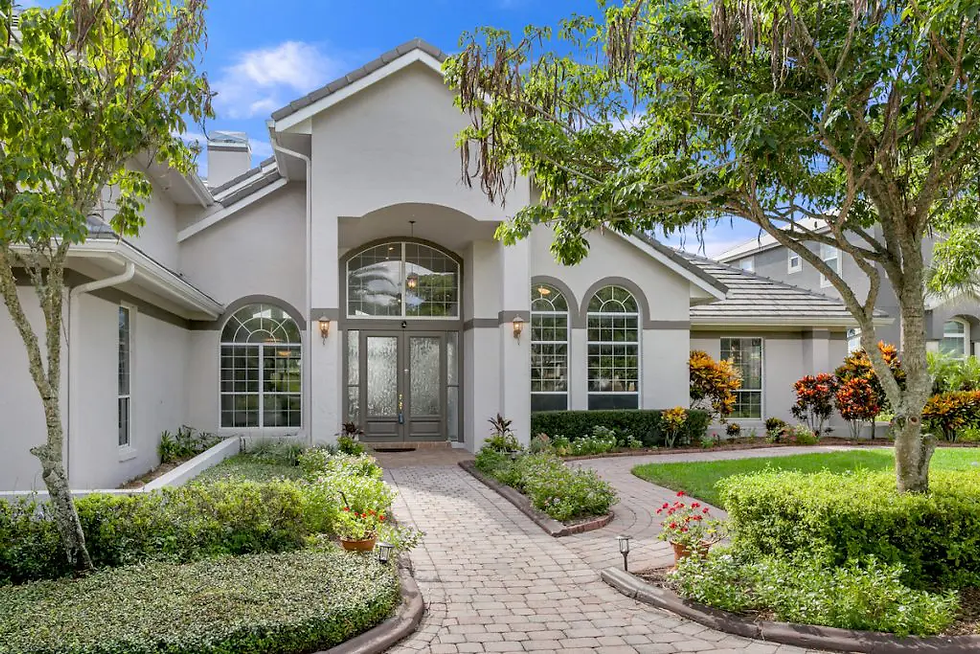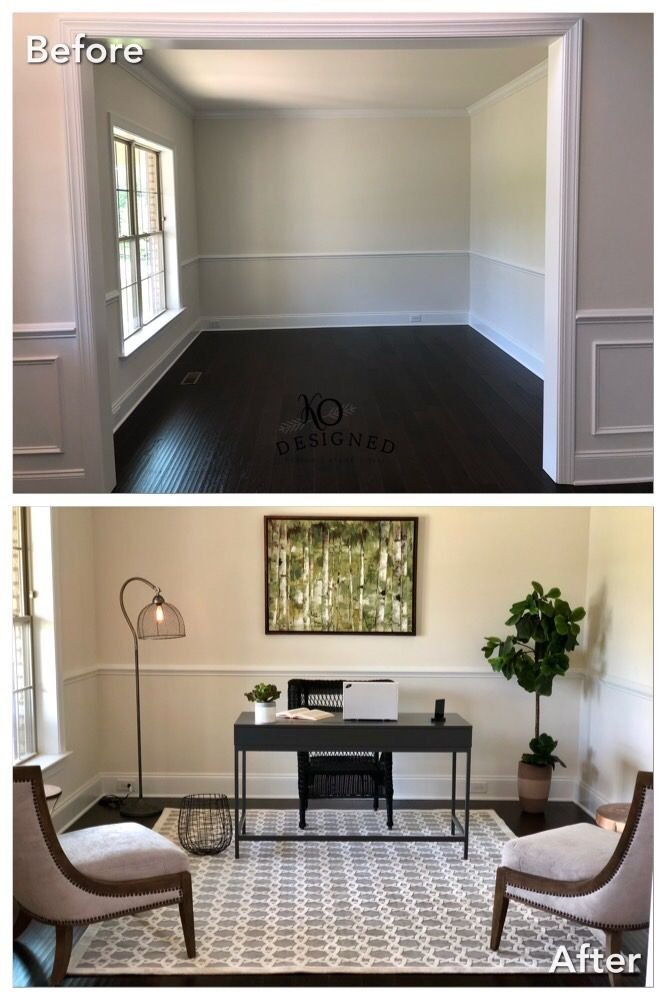Home Staging Secrets in Washington
- darlenechesternsol
- Mar 6
- 3 min read
The home staging secrets in Washington will help you receive a good price for your home. Just follow these tips and tricks.

Making your house standing out in the crowded Washington real estate market might help you sell quickly and for a good price. For numerous homeowners, the difficulty is not only in marketing their property but also in making sure it attracts the interest of possible purchasers. That is the purpose of house staging. Your property can be transformed through effective staging, increasing its market value and appeal. We'll go over important home staging tips in this blog so you can go through the process with assurance.
What is home staging?
There is more to home staging than just décor. It entails presenting and arranging your house in a way that maximizes its advantages and minimizes its disadvantages. Creating a space where prospective purchasers may picture themselves living comfortably is the ultimate goal. There is ample evidence to support the benefits of house staging, which include quicker sales and higher selling prices.
Preparing for Staging
1. Declutter and Depersonalize
Getting your house organized is the first step in staging. Take out extra stuff, family photos, and personal items. A decluttered area makes your property look roomier and more welcoming, which enables buyers to picture their own possessions in the house.
2. Deep Cleaning and Scrubbing
To leave a good impression, a tidy home is necessary. Make sure to clean all the surfaces in each room, including the windows, carpets, and fixtures. Not only does a clean atmosphere look better, but it also implies that the house has received good maintenance.
3. Repairs and Maintenance
Before staging, take care of small repairs. Retouch chipped paint, mend leaky faucets, and make sure all fixtures and appliances are in good operating condition. The way purchasers view your house can be significantly improved by these minor adjustments.

Key Staging Strategies
1. Furniture Preparation
Organize the furnishings to make the room feel spacious and inviting. Aim to keep rooms uncluttered and give each space a distinct function. Arrange furniture so that it best showcases the home's best qualities, such as architectural highlights and natural light, and create cozy conversation places.
2. Neutral Color Scheme
To appeal to a wider spectrum of purchasers, use neutral hues for the walls and décor. Buyers can concentrate on the features of the house rather than the décor when using neutral colors since they help create a peaceful, unified aesthetic.
3. Space Illumination
An important aspect of staging is lighting. For each space, use a combination of artificial and natural illumination to improve the atmosphere. Make sure every light fixture is spotless and working, and think about illuminating gloomy areas with additional lights or fixtures.
4. Creating Embellishment
Select accents that balance the room's design without being overbearing. Incorporate chic yet understated elements such as artwork, rugs, and throw pillows to add visual appeal and coziness. Steer clear of uber-trendy or highly personal goods that might not be for everyone.
Common Home Staging Mistakes to Avoid
1. Over-Staging
Steer clear of over-staging, which results in an artificial or highly controlled space. The idea is to create a warm, lived-in, yet minimalist atmosphere.
2. Ignoring Entrance Appeal
Your home's exterior creates an initial impression. Make sure the front yard and foyer are kept up, maintained paths, well-trimmed garden area, and eye-catching entryway furnishings.
3. Personalizing the Space
Make sure your house looks welcoming, but steer clear of overly personal touches that can turn off potential buyers. Strive for a tasteful, muted look.

Professional vs DIY Staging
1. Benefits of Professional Staging
If you want professional advice and a polished outcome, think about working with a stager. Professionals may offer invaluable insights into what appeals to buyers and have the skills and resources necessary to stage your house properly.
2. DIY Staging Tips
Focus on useful advice, like adopting neutral décor, decluttering, and carefully placing furniture if you would rather stage your house yourself. You may accomplish successful DIY staging with the aid of a plethora of web tools and guides.
3. Before and After Photos
Pictures can convey the effect of staging. Provide before-and-after pictures of well-arranged houses to demonstrate how thoughtful adjustments can improve a property's appeal.

Conclusion
In the competitive real estate market of Washington, effective home staging is an invaluable asset. You may showcase your house in the best possible light and draw in serious purchasers by paying attention to these staging tips and avoiding typical errors. Remember that a well-staged home can result in a quicker sale and a higher price, regardless of whether you decide to stage it yourself or hire an expert.



Comments